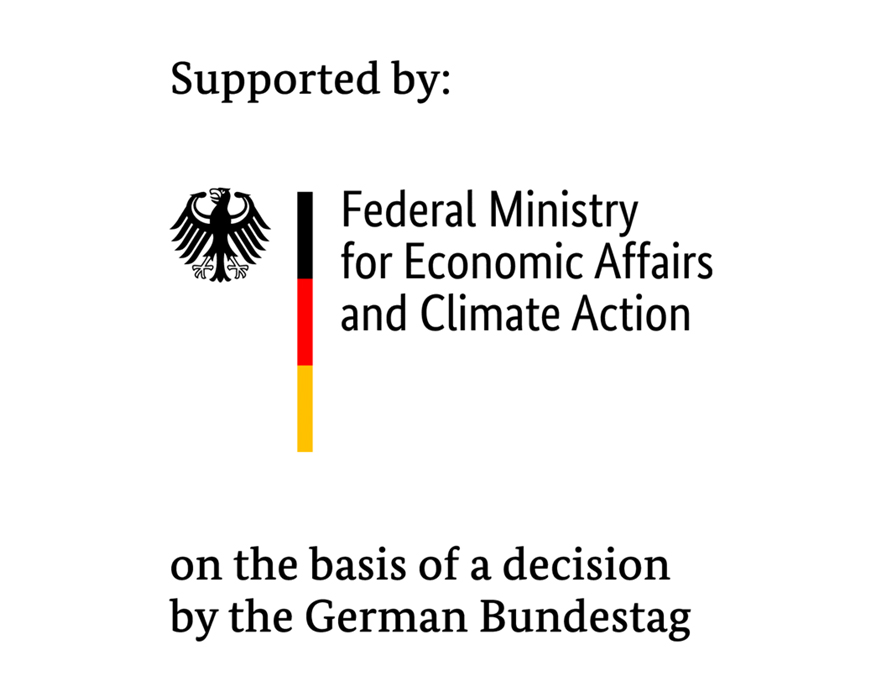| Funding: |
BMWK |
| Duration: |
01.10.2013 - 30.9.2016 |
By 2020, 35% of the total energy in Germany is to be produced from renewable energies. Wind energy is one of the most promising technologies in this respect. Since the number of suitable areas is limited, the wind power capacity can only be increased by taking new routes, such as expanding offshore wind energy, repowering or opening up areas with a seasonally cold climate, which is where this research project is to make an important contribution.
The aim is to develop methods which reproduce the ice deposition on the rotor blades in order to determine how it affects the performance and the structural fatigue of a wind turbine, and subsequently to derive methods which can predict the icing up risk of wind turbines in order to estimate energy generation losses.
The results will contribute to a more accurate determination of the economic benefit of wind turbines at sites in Germany’s high hills and high mountain regions, where they are at risk of icing up, and also to open up new sites in Earth’s northern regions.
